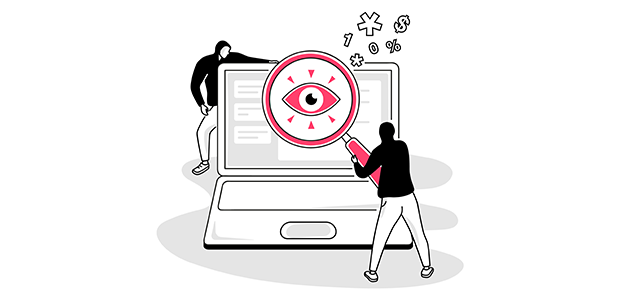
Why threat modelling is key to ensuring online security for startups – and how to implement it
Cyber-attacks are on the rise. From ransomware and phishing to data breaches and insider threats, attacks are not only increasingly common, but more sophisticated too.
And with comparatively smaller resources and limited security maturity than bigger corporations, startups make for prime targets for them – in 2023, ransomware attacks alone on SMEs increased to 46% globally.
Such attacks have the potential to cause significant financial losses, operational disruptions, and reputational damage to businesses – indeed, research from Opentext Cybersecurity Ransome Reality Check 2023 found they are a significant cause for concern for nearly 90% of SMEs.
As technology advances, so too does the nature of the cyber threat – meaning that it is imperative for businesses to have correct processes in place to safeguard their data.
Below are four top tips for startup owners to implement measures – specifically, threat modelling – which will help them understand the nature of the existing threats and protect themselves.
Understand the threat
To be able to implement effective cybersecurity measures, startup leaders need to understand the threats they face.
Every endpoint, application, and piece of data within an organisation represents a potential entry point for malicious actors – and according to a report from Microsoft, advanced and more proficient technology like AI means that almost nine in ten companies are at risk of cyberattacks.
Ultimately, the best way to guard against this growing threat is to design secure software. A good place to start is the OWASP Top 10, which aims to identify the most critical security risks to web applications and is recognised by developers globally as the first step towards more secure coding.
According to OWASP, the top threat businesses face is broken access control, with insecure design as the fourth. Once businesses are familiar with the potential weak points in their software development, they can then look at implementing the tools to safeguard them.
Secure design must be built in from the start
Of course, the most effective way to defend cyberspace is not to retroactively find ways to make software safer, but to build it in a way that is secure-by-design from the start.
Regrettably, developers are often incentivised to get software to market as quickly as possible, and worry about security later. This means attempting to fix flaws in software after it has been built, which is tricky, time consuming and expensive. So, its vital secure design is implemented from the very beginning – before a single line of code is written.
Doing so is no longer just good practice – governments (including the US’ cybersecurity agenda CISA), regulators and cyber security agencies are now demanding it. Particularly for startups, which are usually at the early stages of the software building journey, it is vital to look at processes, identify potential vulnerabilities in the code and ensure that security of development is built into the design process.
The best way to do this is through a process called threat modelling, which involves analysing software for potential risks and determining the most effective ways to mitigate them.
Threat modelling helps organisations to think through security risks in machine learning systems, such as data poisoning, input manipulation, and data extraction. With the improved understanding of the security flaws in designs threat modelling provides, developers can reduce the time spent on security testing during development and before production.
Embedding threat modelling at the design stage of software development is therefore the minimum standard for security. It is the best way to mitigate and identify vulnerabilities when developing software.
Experiment with automation – and trust it
In the very early days, cybersecurity teams and developers threat modelled manually on a whiteboard with a marker pen. Now however, developers can use automation to generate a threat model containing specific threats and countermeasures relevant for their business.
Importantly, effective use of automation to streamline and standardise threat modelling can minimise the main factor exposing startups and larger businesses to attacks - human error. And what’s more, automation can save security teams countless hours by not having to start a threat model from scratch with each new piece of software.
It is therefore vital that businesses review and update their models regularly, particularly when significant changes are made to the system, to ensure continuous security in their software even as new, more sophisticated threats emerge.
There’s safety in numbers – join a community
There are plenty of communities out there made up of cybersecurity experts and developers which are grappling to find solutions to common challenges. One example is Threat Modeling Connect, a forum for discussing issues, sharing solutions, as well as hosting webinars or posting blogs.
Collaboration and information sharing within the cybersecurity community are critical for helping businesses to tap into collective knowledge and resources to enhance their security.
Ultimately, cybersecurity must be ingrained in the fabric of software rather than implemented as an afterthought. To this end, a proactive, risk-based approach to cybersecurity that aligns with overall business objectives and tests software from the outset is key.
Put simply, the consequences of neglecting secure design - reputation damage, financial losses, legal repercussions – are too severe to ignore. But by fostering a culture of security and making the most of the communities out there who can help, startups can navigate the threat landscape with confidence and resilience.

